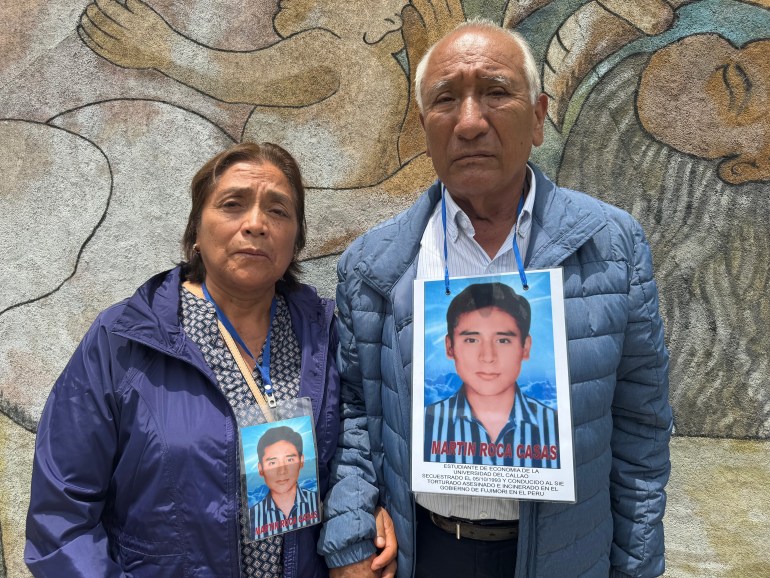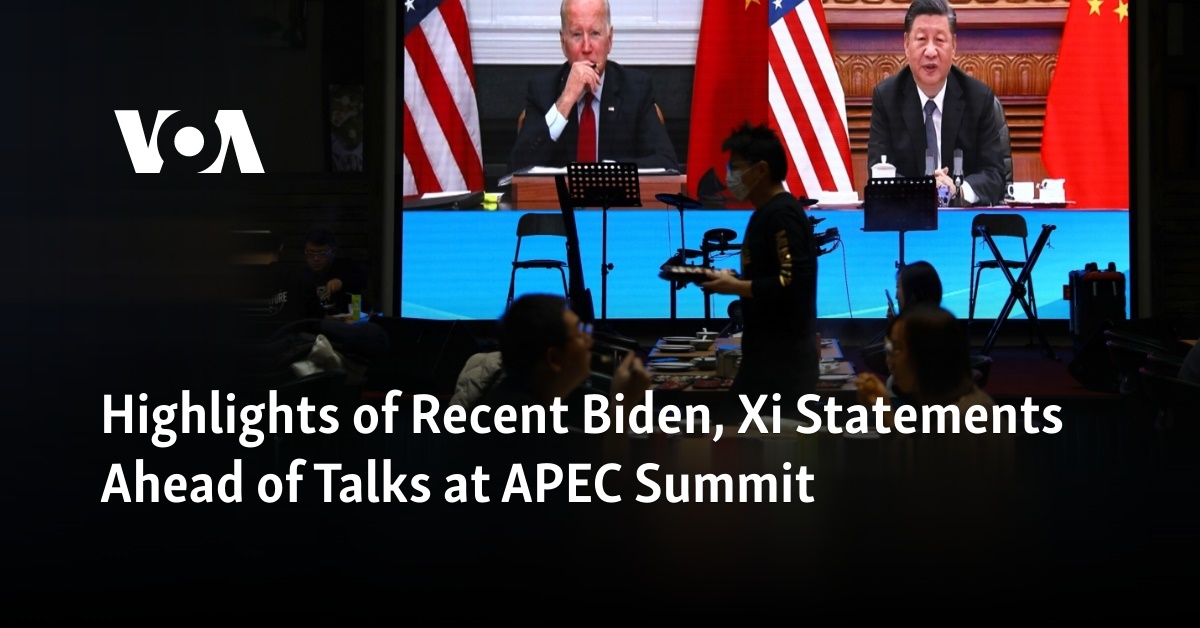
Lima, Peru – He was terrible at math. Loved playing sports. And always seemed to be smiling. When Gisela Ortiz thinks back to her older brother Luis Enrique, she remembers someone who was kind and generous, willing to lend clothes from his own closet to needy classmates.
But when Ortiz was 20, her brother disappeared. She later learned that soldiers had broken into the university dormitory where he lived and kidnapped him along with eight other students.
Together with a professor, they were taken to a field and executed; their bodies were thrown into a mass grave. Luis Enrique was only 21 years old.
Now, more than three decades later, the person Ortiz believes was responsible has been released from prison — and Ortiz is among those raising his voice in protest.
On December 6th, former Peruvian president Alberto Fujimori was released after 16 years 25 years imprisonment.
In 2009, he was convicted of ordering massacres between 1991 and 1992 that killed 25 people, including Luis Enrique.
But critics said his list of human rights abuses goes much further and includes allegations of torture. involuntary sterilization and enforced disappearances. The Inter-American Court had ordered the Peruvian authorities to stop prevented from releasing Fujimori given the seriousness of his crimes.
“A regime of impunity has been established,” Ortiz said after Fujimori’s release. “Ignoring the ruling of the Inter-American Court truly makes us a country that does not respect human rights at the international level, and this is a step that will be difficult to reverse.”
Peru is a member of the Inter-American Commission on Human Rights and is legally bound by the decisions of the Inter-American Court of Justice.
But Fujimori remains a prominent figure in Peru’s conservative politics and commands a broad base of popular support. Supporters credit him with stabilizing the economy, fighting armed left-wing groups and launching infrastructure projects that have improved transportation, education and health care.
The former president was first granted a humanitarian pardon in 2017, but it was later revoked. The Peruvian Constitutional Court was reinstated forgiveness this month, due in part to Fujimori’s advanced age and poor health.
Still, César Muñoz, deputy Americas director at Human Rights Watch, told Al Jazeera that Fujimori’s release represented an “extremely serious setback” to the rule of law, not to mention those harmed.
“It’s a slap in the face to the victims,” Muñoz said.
He explained that under international law, human rights violators can be pardoned on humanitarian grounds, but two conditions must first be met.
The first condition requires countries to punish human rights violators according to a uniform standard, without discrimination or favoritism.
“There can’t be rules that change depending on the person,” Muñoz said.
The second condition requires that medical professionals make an independent, thorough and impartial decision on the need for release on humanitarian grounds.
“These two elements were not present in the case of Fujimori’s pardon,” Muñoz explained.

After Fujimori’s release, the Inter-American Commission on Human Rights said She “rejects Peru’s decision” and called on the country to “take effective measures to ensure the victims’ right to access to justice.”
Cameras last week captured the 85-year-old Fujimori walking out of the prison gates into the arms of his two children, Kenji Fujimori Keiko Fujimoriboth influential politicians.
The news sparked “outrage” from Javier Roca Obregón, also 85. He has long since lost hope of ever seeing his son Martin Roca Casas again.
“I am 85 years old and I have no hope,” Obregón told Al Jazeera. “I just want to die soon.”
In 1993, Casas was a student at the National University of Callao when he was tortured and arrested by Peruvian forces. His body was never recovered.
Obregón and others believe that Casas’ kidnapping was related to his student activism. He remembers his son as a beacon of hope for other young people – an “example of overcoming” life’s obstacles.
Shortly before he went missing, Casas took part in a demonstration against a tuition increase at his university. When two people began filming the protest, he and other students grabbed the camera and destroyed it – an act that Obregón suspects hastened his kidnapping.
“In Peru, a poor person’s life is worth nothing. The poor have no right to justice,” said Obregón, originally from the small, rural town of Yanama. “Just like a dog, they can kill him and then forget about him. This is what repeats itself.”

Critics say Fujimori ruled with relative impunity during his 1990-2000 term. During his presidency, Congress was dissolved and the Peruvian constitution was abolished, allowing him to consolidate his power.
Carolina Oyague said it was a “terrible” feeling to watch the video of a smiling Fujimori being handed over to his children.
Her older sister Dora, 21, was one of nine students, along with Luis Enrique Ortiz, kidnapped from the Enrique Guzmán y Valle National Pedagogical University in 1993.
Oyague remembers her sister as “cheerful and creative,” a budding entrepreneur who sold everything from makeup to cakes to fund her education.
It wasn’t until September of this year that parts of Dora’s skeletal remains were recovered and given to her family. Seeing Fujimori released just a few months later infuriated Oyague.
“There is no mea culpa,” she said. “He doesn’t even have a hint of remorse.”
Fujimori issued vague excuses in the past, but has never claimed direct responsibility for the military killings or other abuses under his administration.
If anything, Fujimori’s governing style and ideology – nicknamed “Fujimorismo” – remain a dominant political force in Peru. His daughter Keiko was one of them Top candidates in the 2021 presidential election as part of the conservative Fuerza Popular party.

Among the more than 200,000 Peruvians was Inés Condori, president of the Association of Women Affected by the Forced Sterilization of Chumbivilcas be sterilized without their consent between 1996 and 2000, which Fujimori’s government tried to portray as a poverty alleviation measure.
Many of the victims were Quechua-speaking indigenous women from rural communities, a fact that has reinforced accusations of ethnic cleansing. Condori is also considering releasing Fujimori a miscarriage of justice.
“We have been fighting for 25 years but there is no justice for us, the poor,” Condori wrote to Al Jazeera on WhatsApp. “[Fujimori] must remain in prison forever.”






Recent Comments